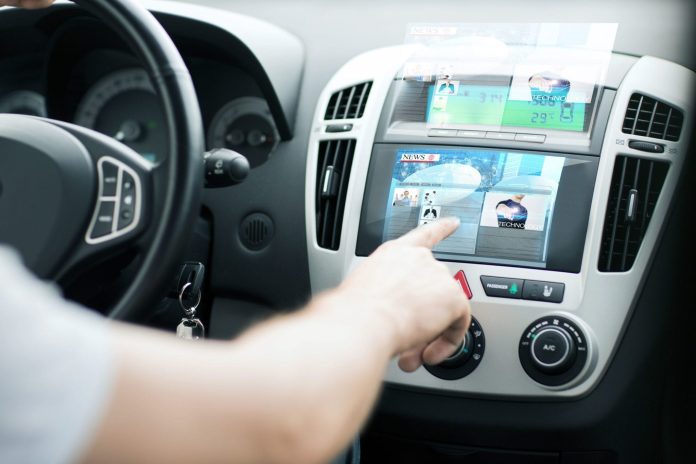The internet of things presents a dizzying array of choices to most enterprise customers who want to connect their products, but automakers have fewer choices than most. Cars are made to move, so cellular is almost always the choice for connectivity.
According to Machina Research, now a part of Gartner, roughly 250,000 of the 500,000 global cellular IoT connections are within vehicles. By 2025, the firm foresees the number of cellular IoT connections approaching 2 million, and vehicular connections will still be the largest category, with roughly 800,000 nodes.
AT&T has more cellular IoT connections than any other U.S. carrier, and says cars are by far its biggest category. Mike Troiano, the company’s VP for IoT solutions, said roughly 14 million of the company’s 34 million wireless IoT connections are vehicles. The company is adding about 1.4 million connected cars per quarter, and each vehicle is a discrete connection on the network.
Troiano sees the connected car as two markets: the connections that help automakers monitor the safety and performance of the car on the road, and those that keep the people inside the car connected to the internet. He said sometimes consumer connectivity and safety overlap, as they did during Hurricane Irma when Tesla pushed firmware updates to its connected cars to extend their connectivity range during the storm.
Connected vehicles are also a major part of Verizon’s IoT effort. The company has purchased two telematics businesses, Fleetmatics and Telogis, and is now working to combine fleet management with asset tracking.
“One of the things that we’re looking at right now is how do we take our IoT solutions and make them an extension of the vehicle,” said Mark Bartolomeo, VP of Verizon’s IoT business. “A real simple example is the integration of asset tracking with fleet management. If you have a truck, obviously many of those fleets are transporting equipment, so we want to give them the capability to be able to track … high-value assets.”
Follow me on Twitter.

